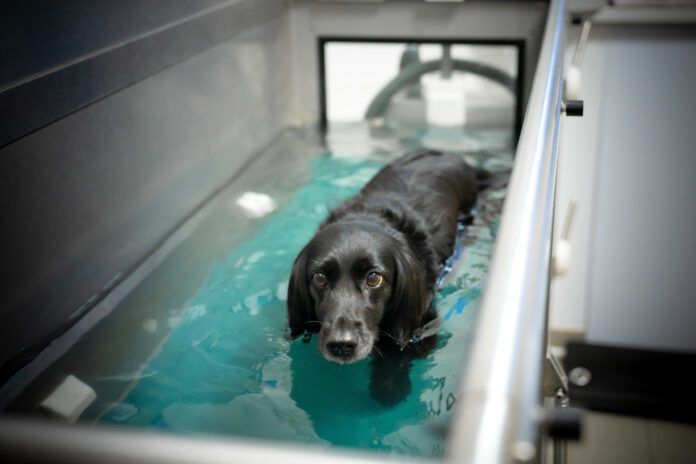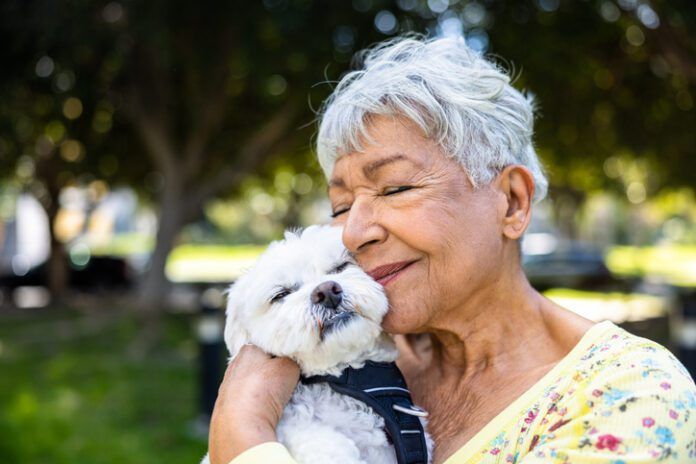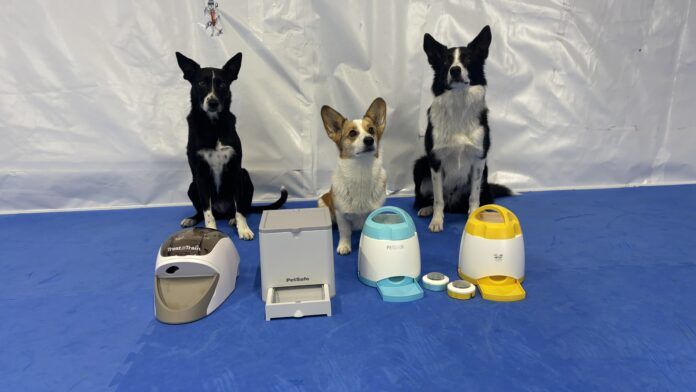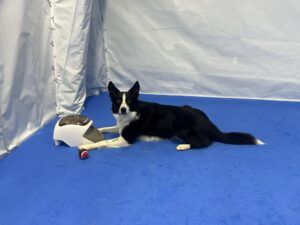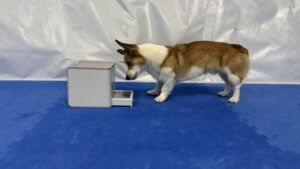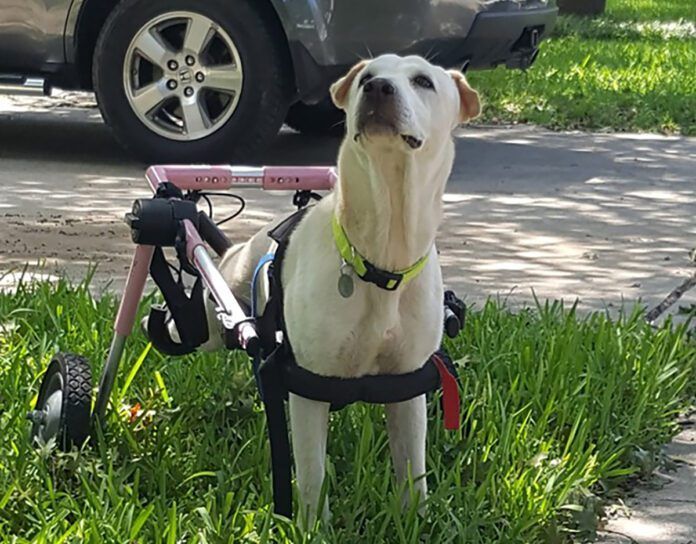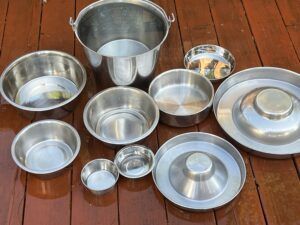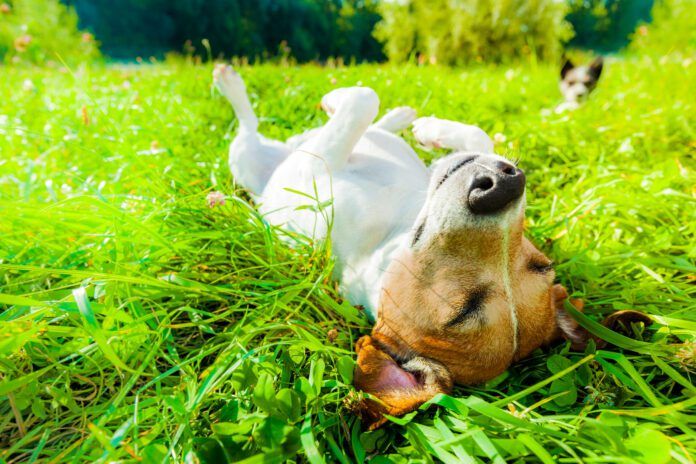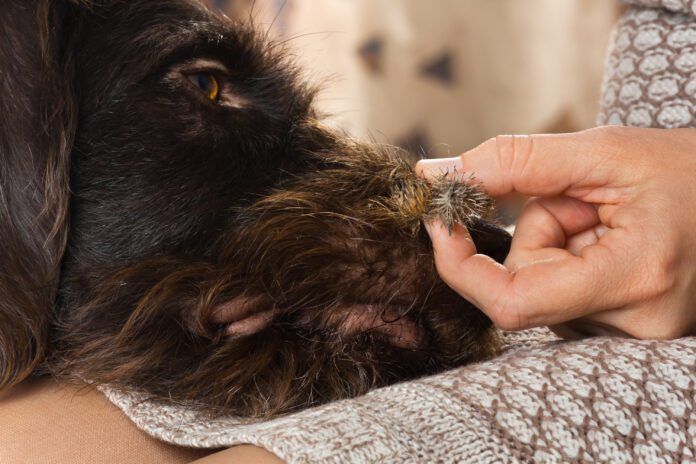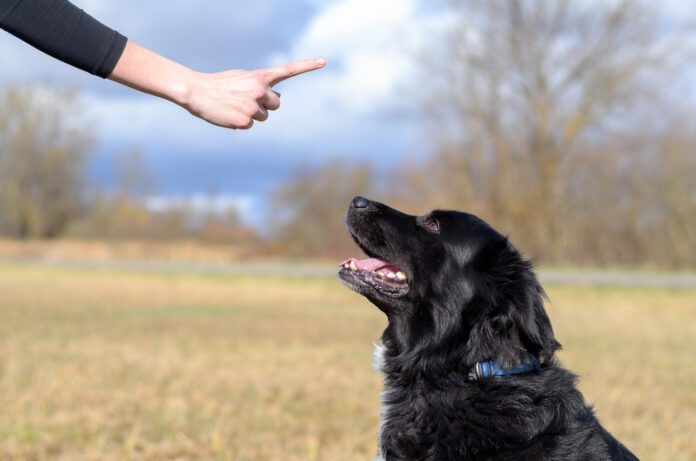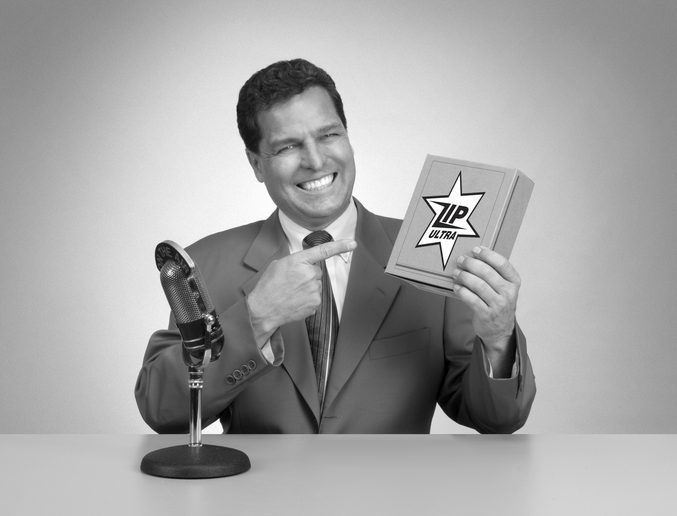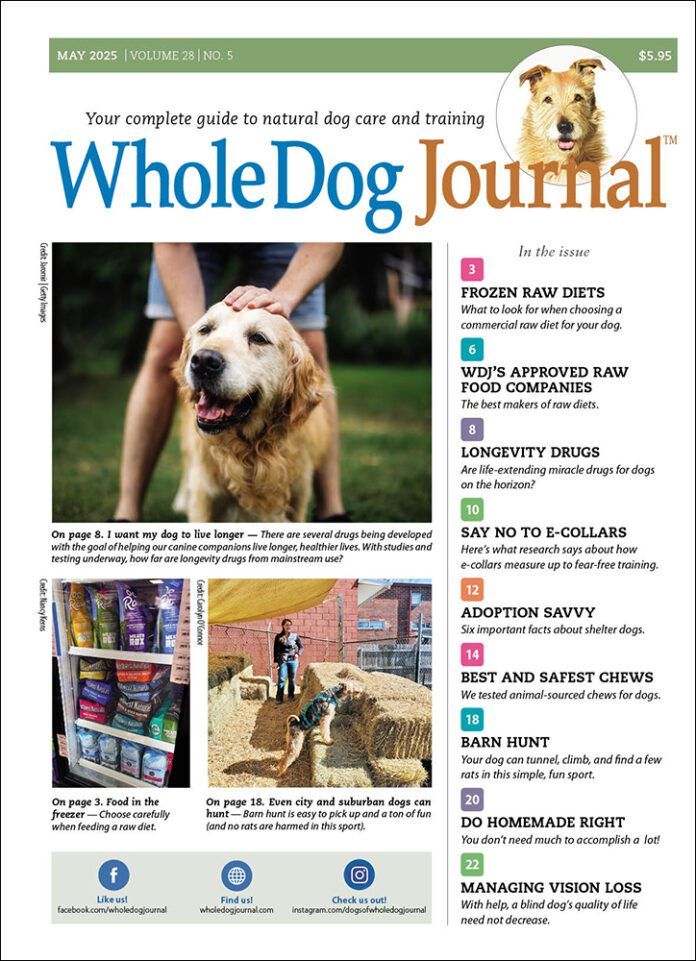Water therapy for dogs can help with weight loss and recovery from orthopedic injuries and surgical procedures. It’s usually used as part of a larger dog physical therapy treatment plan to get your dog feeling their best as quickly as possible.
What Is Hydrotherapy for Dogs?
Hydrotherapy for dogs consists of two main categories: underwater treadmill exercise and swimming.
Yes, underwater treadmills exist, and dogs can use them! This equipment consists of a moving belt at the bottom of a tank that can be filled with water to the desired height. Underwater treadmills are expensive, so they are generally found at veterinary rehabilitation facilities, specialty veterinary hospitals, and the occasional private practice.
Swimming can be done in any safe body of water, be it a lake, pond, pool, or even running water in some cases. In warm climates, you may have access to safe swimming spots year-round, while colder climates require indoor pools for winter exercise.
Benefits of water therapy for dogs include:
- Water supports the body, preventing falls and providing low-impact exercise
- Higher quality exercise due to water resistance
- Ability to control weight bearing
- Improved circulation
- Better flexibility
- Increased strength and endurance
- Improved coordination and balance
Can My Dog Do Hydrotherapy?
Dogs with skin infections, wounds, or surgical incisions should not engage in water therapy until they are fully healed. If your dog is recovering from a broken bone, care must be taken to start hydrotherapy gradually according to where she is in the healing process.
Underwater Treadmill Water Therapy for Dogs
Underwater treadmills are generally used to help dogs recover from an injury or after surgery, but can also be used for weight loss or general fitness.
Examples of conditions that can benefit from underwater treadmill work include:
- Cranial cruciate ligament ruptures
- Femoral head ostectomy or total hip replacement
- Intervertebral disc disease
- Osteoarthritis
- Muscle loss
- Obesity
- Elbow dysplasia
Getting Started with Hydrotherapy for Dogs
Start with an examination from a veterinarian to assess your dog’s overall health and make sure that they are candidates for underwater treadmill exercise. The veterinarian will then work with a physical rehabilitation practitioner to determine an exercise plan for your dog.
Introducing your dog to the underwater treadmill is done slowly. Your dog will get the most out of these sessions if they are happy and relaxed. Stress causes muscles to tighten, which can lead to additional injuries. The rehab specialist will let your dog explore the empty treadmill. Then they will gradually add water. Treats, toys, and praise are used as needed to encourage your dog to move around a little in the tank.
Once the dog is comfortable in the water, the practitioner will turn on the belt. At first the belt will move slowly so the dog has a chance to figure out how to move their feet. Speed will be adjusted until the dog walks at the desired pace.
The rehab practitioner may go in the treadmill with your dog to provide physical or emotional support if necessary. This is particularly helpful for dogs who cannot stand on their own.
The water in an underwater treadmill is warm for comfort and promotes circulation and mobility. Muscles work much better when warm! The depth of the water is determined by the dog’s unique needs. Deeper water provides the most support so that injured joints don’t have to bear your dog’s weight, while shallower water can challenge specific joints and muscles to work harder.
For most purposes, your dog will start out at a medium walking pace in the underwater treadmill for a short session, possibly only 5 minutes at a time depending on her fitness, comfort level, and stress level. The goal is for your dog to get a good workout, but to not be sore the next day.
Over time treadmill sessions will increase in speed and duration.
Swimming for Dogs
Swimming provides excellent exercise for your dog, making it perfect for weight loss and general fitness.
For general fitness and exercise, you can take your dog swimming in any safe body of water. Your dog may need support at first and may benefit from wearing a life vest. Use treats, toys, and praise to make her introductions to water positive and fun. Keep swimming sessions short at first, then increase duration over time.
If your dog is recovering from an injury or surgery, swimming is usually not the best place to start. Underwater treadmill work provides a lot more control and customizability, making it ideal for carefully and gradually increasing the duration and difficulty of your dog’s exercise as she heals. Swimming comes in later in the recovery process, when your dog doesn’t need as much support.
Also note that swimming is not ideal for promoting hind-end strengthening. Dogs primarily swim with their front legs, and some do not use their hind legs at all. So if your goal is to build hind-end muscle strength, underwater treadmill exercise or walking up and down hills will be more appropriate.
Finding Safe Water for Swimming
Pools are nice because they provide a clean, warm environment for your dog to swim. If your local rehab facility has a pool, this is the perfect place to introduce swimming with the help of a professional, especially if your dog is recovery from an injury or surgery.
But using pools also usually comes with a price tag unless you have your own. This makes natural water sources very attractive for regular exercise with our dogs.
Things to consider when scouting out a potential swimming spot:
- Cyanobacteria (blue-green algae) or other dangerous blooms
- Debris
- Current strength
- Pollution and water contamination
- Footing: Sand and mud provide excellent grip for your dog, while rocks can be slippery
- Waves
- Fishing hooks
- Boats
Other Therapies
No matter what your reason for trying hydrotherapy with your dog, your vet will also recommend other exercises, therapies, and treatments. A multi-modal treatment plan that targets your dog’s needs from multiple angles is the best way to make progress, rather than just focusing on one activity.


